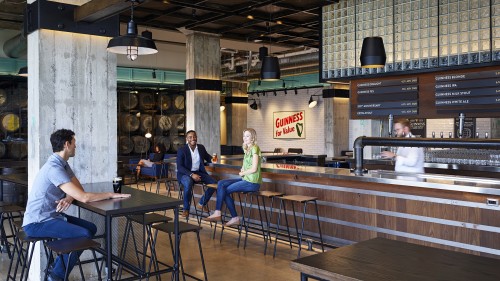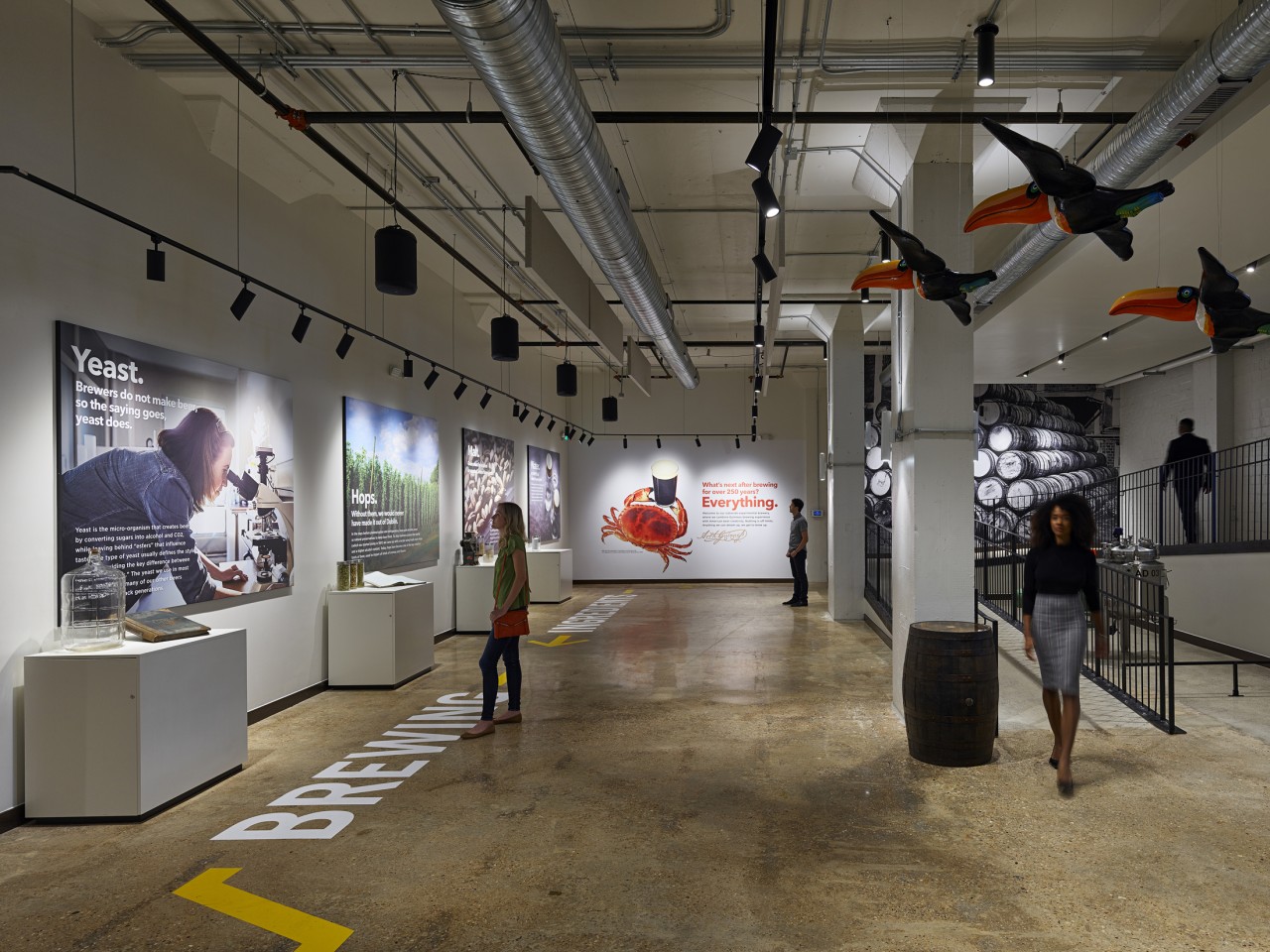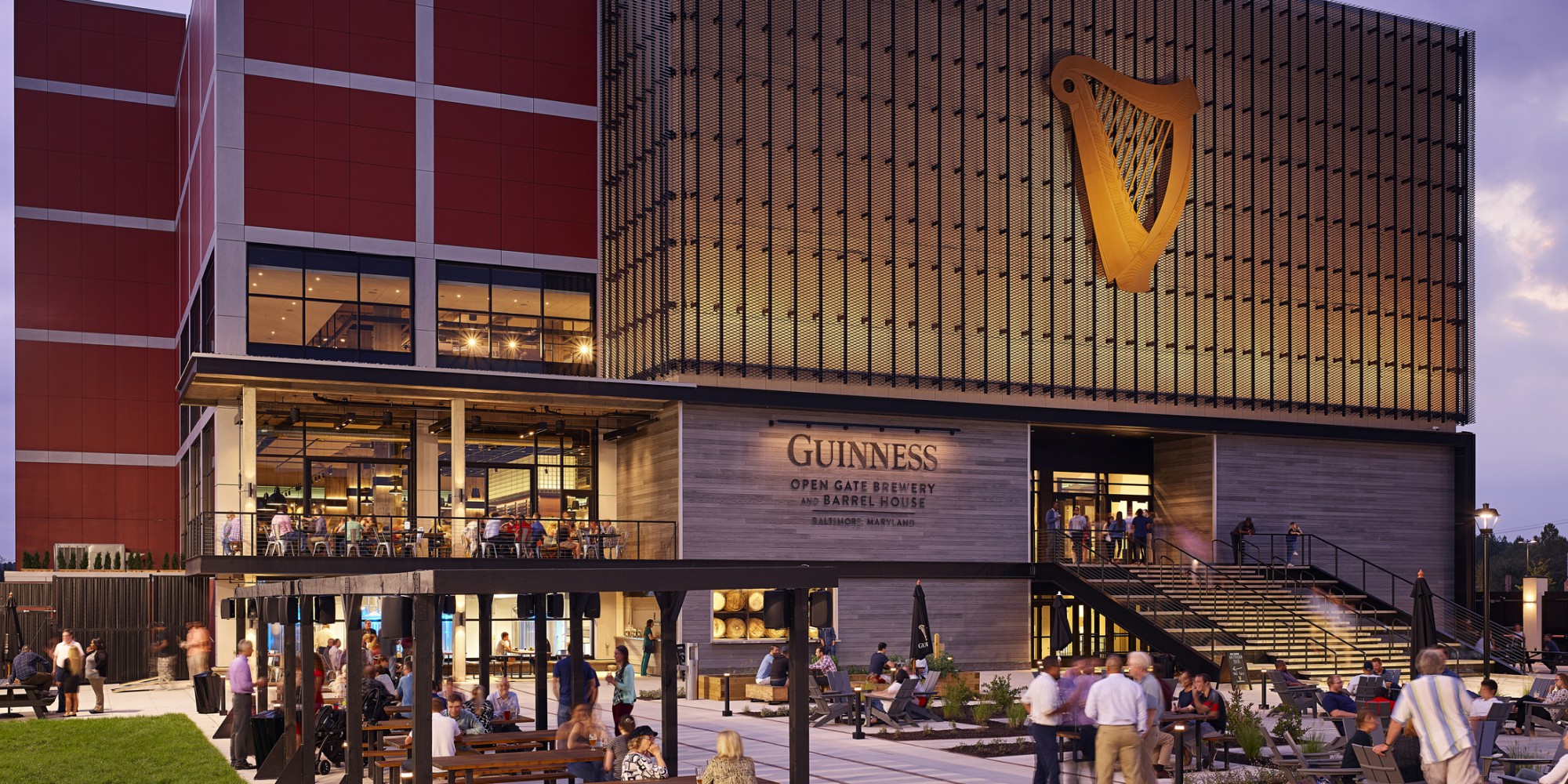
In order for a brand to be effective, an organization must communicate more than who they are, they must communicate what they do and why they matter. Developing this concept of ‘brand’ and ‘memory’ is crucial to the survival of an organization, as the company must speak to consumers in a way that educates, influences, and amplifies the visitor experience.
In the world of experience design, architecture can set the tone for visitor interactions and express organizational values. A well-designed space can tell the story of the organizations vision, mission, values, and objectives through experiential exposure, creating an emotional response for visitors. If the space does not match the brand, the company’s mission becomes muddled, and the visitor experience suffers because of the disconnect.

Key Considerations
At its core, all architecture reflects a brand, whether retail, higher education, corporate, or visitor experience. When establishing architectural direction, the following key considerations are crucial:
Guiding Principles
- What should every design decision be measured against?
- What are brand principals and how can they be expressed and reinforced in a three-dimensional way?
- How can qualities of space elicit emotions that are consistent with these principles?
First impressions
- What is the first thing visitors see upon arrival and what impression does it leave?
- What is the first impression upon entering the space?
- Where is the first human interaction and how can that exchange enhance the brand?
- How is the space designed to accommodate this interaction?
Purposeful Interactions
- What visitor events or tangible objects could support the brand or help tell the story?
- How is the space designed to facilitate events or objects?
- Where in the space should programs or encounters with objects happen?
Using choreography to tell the story
- What is the story and how do you tell it?
- Where are the right places for human interaction to support or amplify brand?
- How are objects, graphics or events that support or communicate your brand revealed?
Emotional Connections
- Is the space intimate, vast, easily comprehended, or constantly unfolding to reveal a story? Does the design of the space align with the impression the brand wants to leave?
- How do architectural materials support brand values? Are they sustainable? Do they absorb sound or activate it?
- How can natural and artificial light affect mood or emotion? Can lighting contribute to a sense of warmth or clarity? Can light connect the visitor to the natural or outside world?
Sense of Place
- How does the location contribute to the brand?
- How does the history of the location contribute to the brand?
- How might future changes in the location impact the brand?
Looking Ahead
- How does the space adapt/react to changes in time of day or time of year? Is it appropriate for day and night? Can seasons be used to enhance the brand?
- How can the space remain flexible to accommodate the potential for future expansion or organizational growth?
- Can the space adapt to a change in brand values or direction?
Related News & Projects

Project Launch
Guinness Open Gate Brewery & Taphouse
